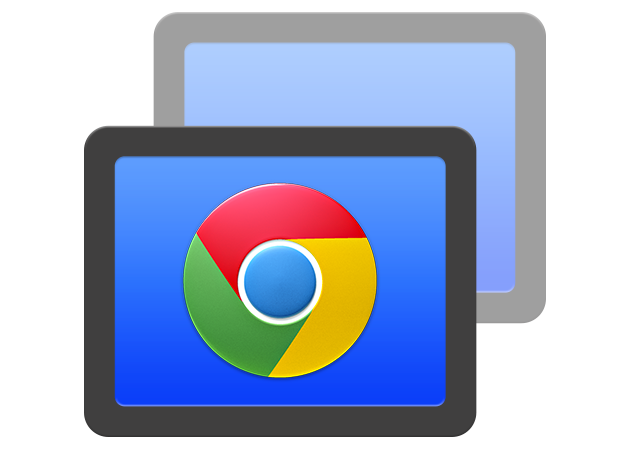

They'll also be able to use real-time audio feeds as long as they're working with Windows clients. There are also some collaboration features that should be attractive to professional users.īy using VP8 video encoding, whole departments can feed rich graphical systems over a network without using much bandwidth. Some corporate IS departments might want to deploy this kind of software in order to fix problems without having to send out a service agent each time something goes wrong.


These are designed to allow users to connect to another one of their systems in order to administer it. No matter what kind of machine you chromote with, you're always free to access a so-called remote assistance mode in order to gain a few extra options that might be helpful in certain situations. Macintosh users can run clients on OS X as well, so you could both control Apple-branded devices as well as use them as client machines. Nevertheless, chromoting into standard commodity PC hardware shouldn't prove difficult at all. That being said, power users who find themselves chromoting into multiple machines running GNU/Linux and iOS won't always know all of the requirements they need to support in order to do so. A web portal is still available to work with Chrome Remote Desktop, and it should work with any browser that supports the WebRTC protocol. That makes chromoting a relatively lightweight solution for those who may have found other would drain their network infrastructure.Īt one point, you could simple chromote using a Chrome or Chromium extension, but this service is deprecated. While this does use a fair amount of bandwidth, it's not nearly as bad as it could be. Some users will leave the remote desktop program open at all times on their distant PC so that they can gain access to it whenever they need to. It then relays graphical interface updates back and forth so you'll act as though you're in control at all times.ĭialing into a remote machine, or chromoting as it's often called, is as easy as starting the application on both devices at the same time. The software transmits any keyboard, mouse or even touchscreen events from one device to another over a network. Chrome Remote Desktop is a proprietary protocol that allows you to connect to remote computers and use them as though you were in front of them.


 0 kommentar(er)
0 kommentar(er)
